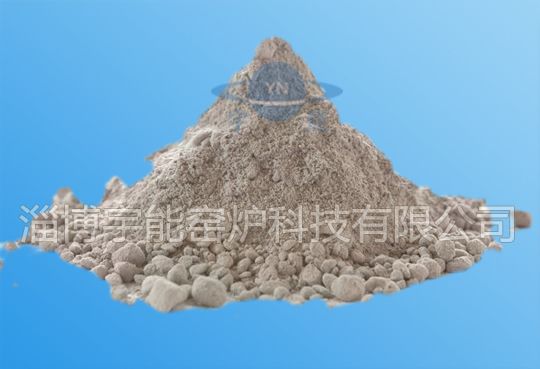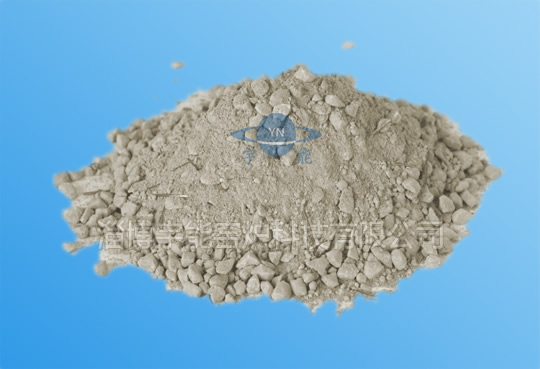Zibo Yunneng Kiln Technology Co. Ltd. Zibo Yunneng Kiln Technology Co. Ltd.
Free delivery samples
high quality assurance
Engineer's door-to-door guidance
lifelong technical support
Contact us+86159669653330086-533-5331887
Zibo Yunneng Kiln Technology Co. Ltd. Zibo Yunneng Kiln Technology Co. Ltd.
Free delivery samples
high quality assurance
Engineer's door-to-door guidance
lifelong technical support
Contact us+86159669653330086-533-5331887
Home -> News -> News -> Castable Technology ->
1. Water for mixing refractory castables should be clean water.
2. The formwork for casting should have sufficient rigidity and strength. The size of the formwork should be accurate and should be prevented from deforming during construction. The template joints should be tight and not leaking. Anti-stick measures should be taken for the template. The surface of the insulating masonry that is in contact with the castable should be waterproof.
3. The castable should be stirred by a forced mixer. The mixing time and the amount of liquid to be added shall be carried out in accordance with the construction instructions. When changing the material grade, the mixer, hopper, weighing container, etc. should be rinsed clean.
4. Stirred refractory castables should be poured within 30 minutes or cast in the specified time according to the construction instructions. Castables that have been initially set may not be used.
5. The setting of the integral cast refractory lining expansion joint shall be as specified in the design. If there is no regulation, the average value of the lining expansion joint per meter length can be as follows: clay refractory castable is 4 ~ 6mm; high alumina cement refractory castable is 6 ~ 8mm; phosphate refractory castable is 6 ~ 8mm; water glass refractory castable is 4 ~ 6mm Portland cement refractory castable is 5 ~ 8mm.
6. The casting of refractory castables should be carried out continuously. Before the initial casting of the castable, the sub-layer castable should be poured; if the interval exceeds the initial setting time, it should be treated according to the requirements of the construction joint. Construction joints should be left on the centerline of the same row of anchor bricks.
7. After the construction, the refractory castable should be cured according to the method specified in the design. During maintenance, no external force or vibration may be applied.
8. Demolish the mold. If the weight of the castable material is such that the surface and edges of the castable material are not damaged or deformed by the folding die, the mold can be demolished. The load-bearing formwork should be demoulded after the castable reaches 70% of the design strength. The hot-dip castable should be baked to the specified temperature before it can be folded.
9. The surface of the casting lining should not have defects such as flaking, cracks and holes. A slight reticular crack can be allowed.
10. Prefabricated parts of refractory castables should not be stacked in the open air. When stacking in the open air, measures against rain and moisture should be taken.
Relevant Product Display
 Aluminum silicate fiber module
Aluminum silicate fiber module
 Ceramic fiber module
Ceramic fiber module
 DL Series of light insulation refractory castable
DL Series of light insulation refractory castable
 Steel fiber reinforced mullite castable GF-16K
Steel fiber reinforced mullite castable GF-16K
Relevant information
Hotline